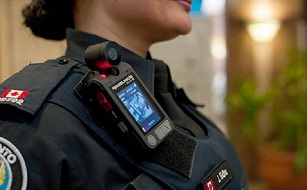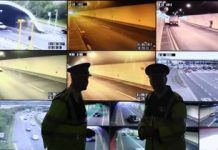The global installed base for law enforcement and police body-worn cameras is forecast to increase by nearly 30 percent in 2018, exceeding 1.5 million body-worn cameras in use worldwide. This is according to the latest findings from Josh Woodhouse, Principal Analyst, Video Surveillance at IHS Markit.
With a greater number of body-worn cameras in use, and an associated increase in potential evidence collection, the capabilities of underlying digital evidence-management systems are becoming an increasingly critical factor in the ability of law enforcement to effectively manage and interpret huge repositories of digital evidence. IHS Markit describes digital evidence-management software as software used to manage multimedia digital evidence. At the entry level, this software must be able to manage the storage of video captured through a body-worn camera or an in-car video surveillance system. However, the initial ingest of media from the recording device does not need to be within the digital evidence-management software. The software can act as a platform to connect existing repositories and device configuration applications. Digital evidence software can be bundled with body-worn cameras or in-car systems or sold separately.
The market for digital evidence-management software has evolved rapidly, since federal funding programmes in the United States for law enforcement body-worn cameras were announced in 2014. This funding and subsequent initiatives stimulated and accelerated increases in shipments of body-worn cameras in the United States and globally, setting the current trajectory toward increasingly sophisticated digital evidence-management solutions.
The capabilities of digital evidence-management software can range from simple media storage to sophisticated investigation and case-building tools. The evolution of the ecosystem and integrations with records management systems and other existing law enforcement workflows allow law enforcement to gain additional efficiencies and insights from digital multimedia evidence. These workflows offer the potential for quicker evidence availability and wider-reaching investigations.








